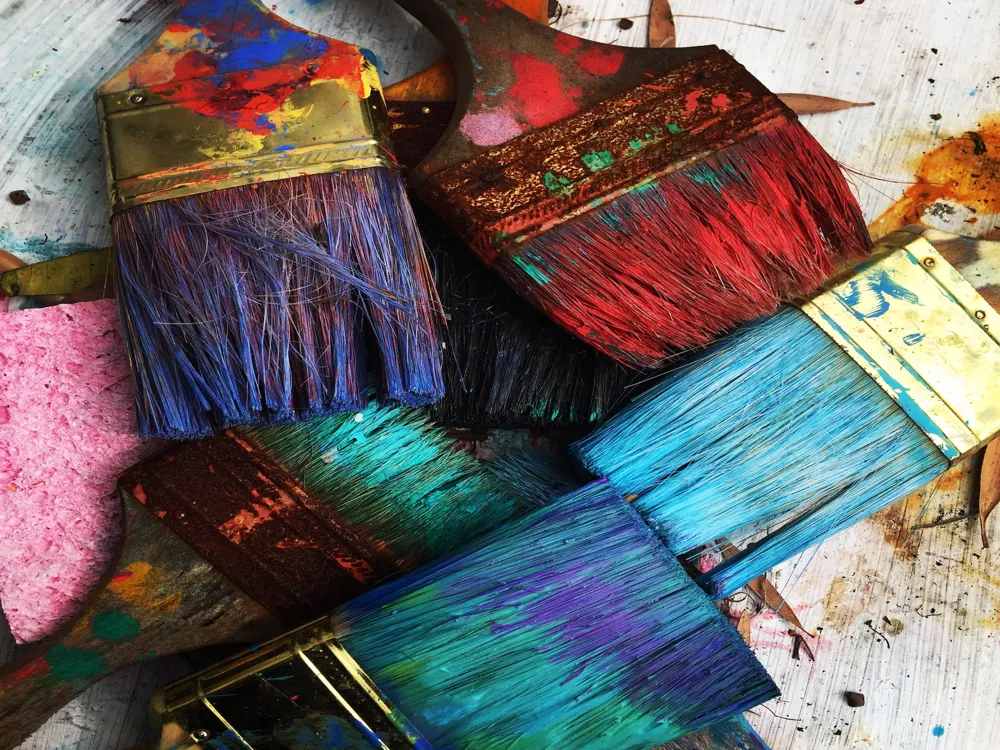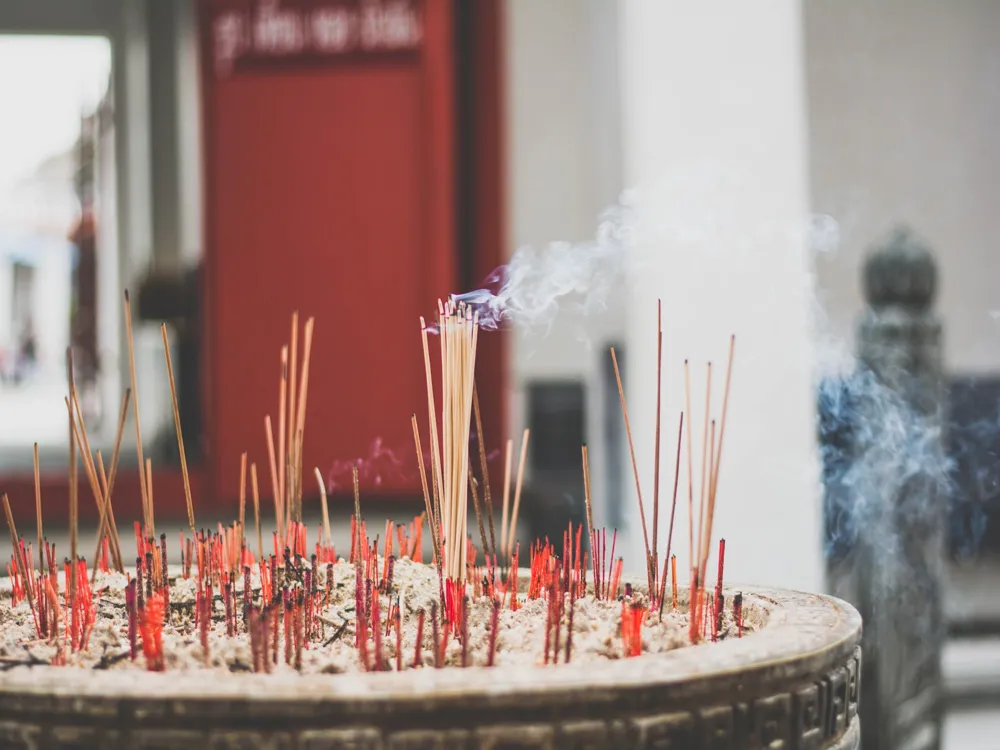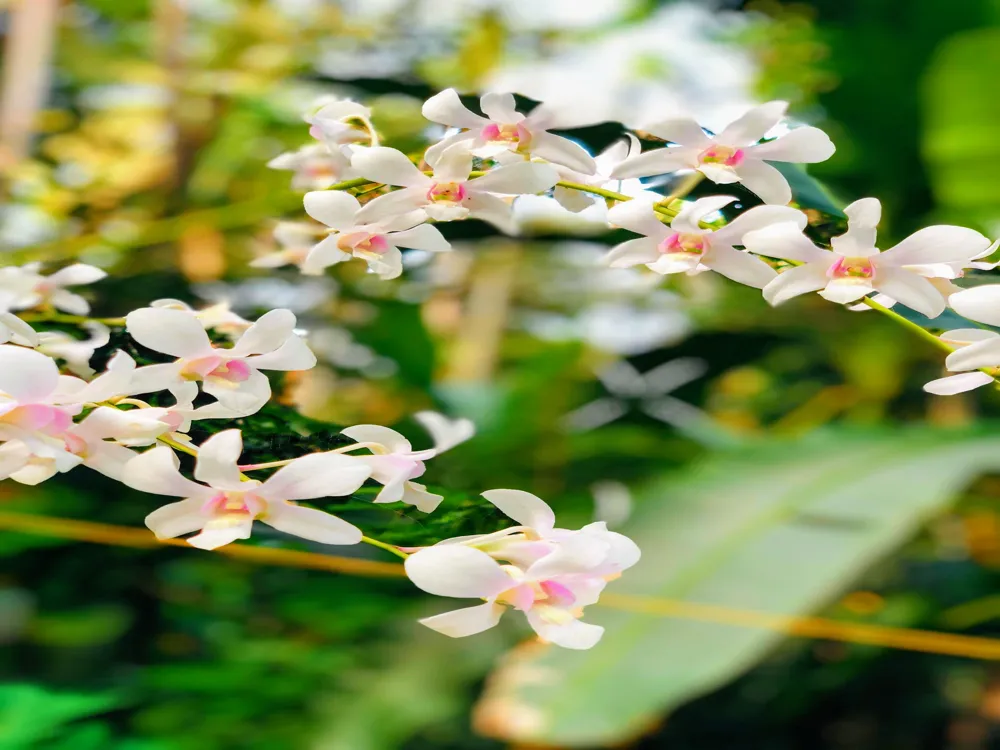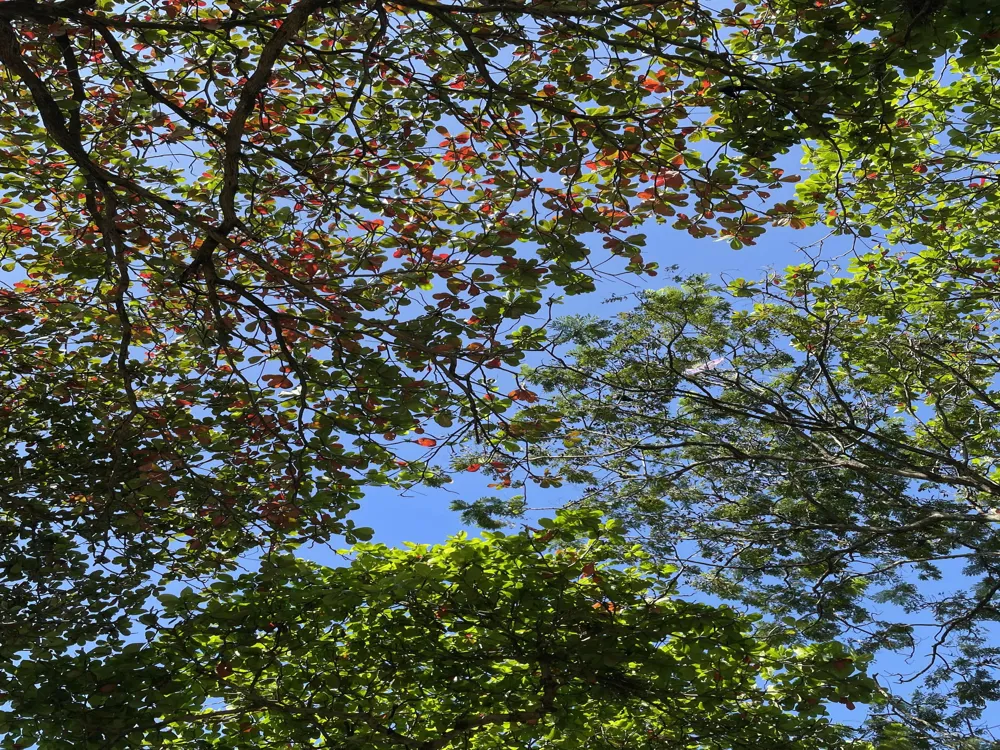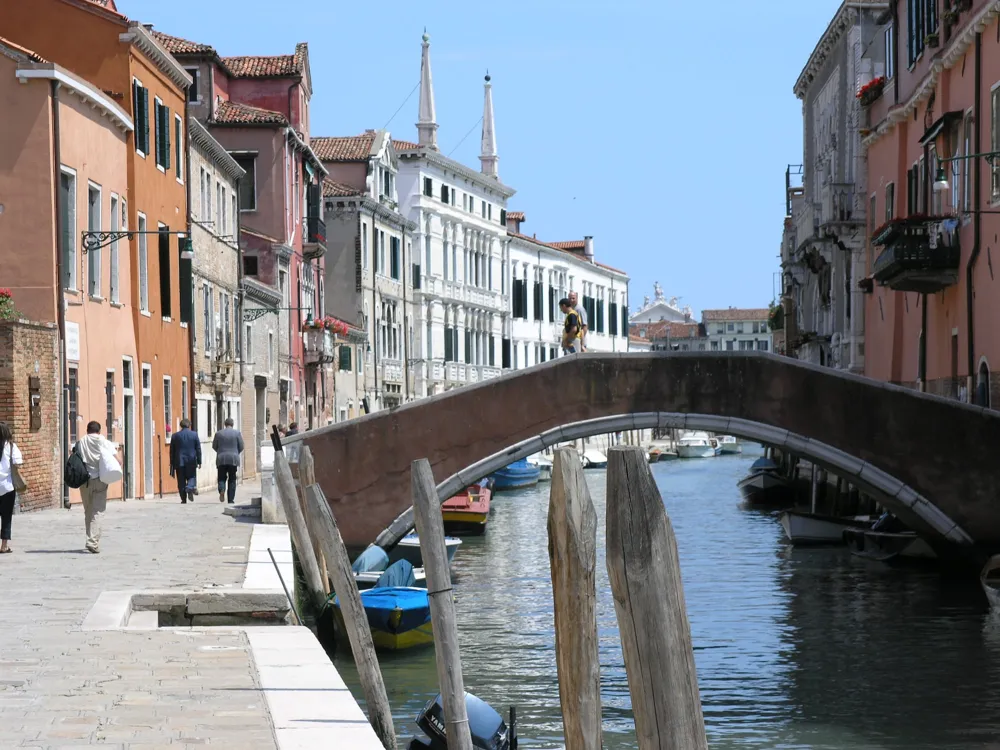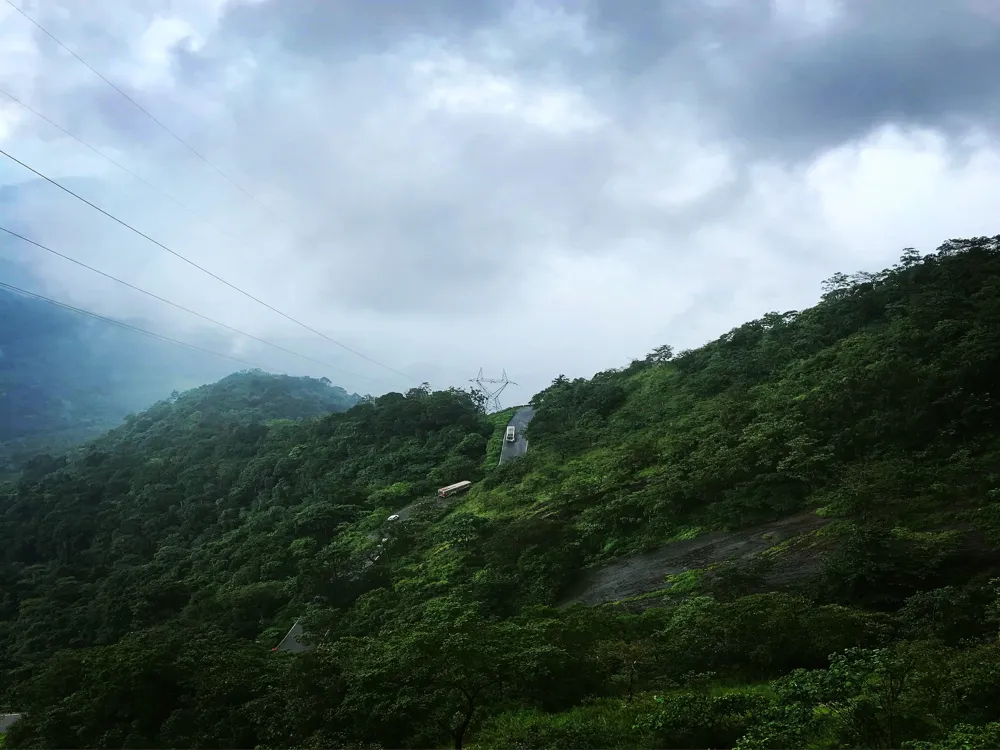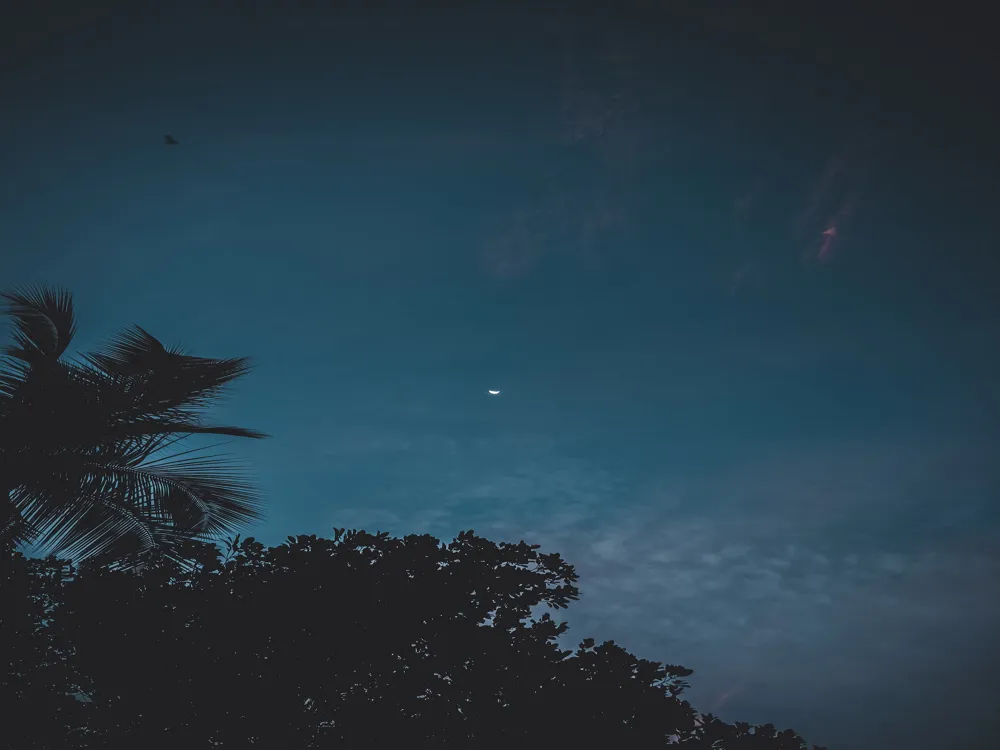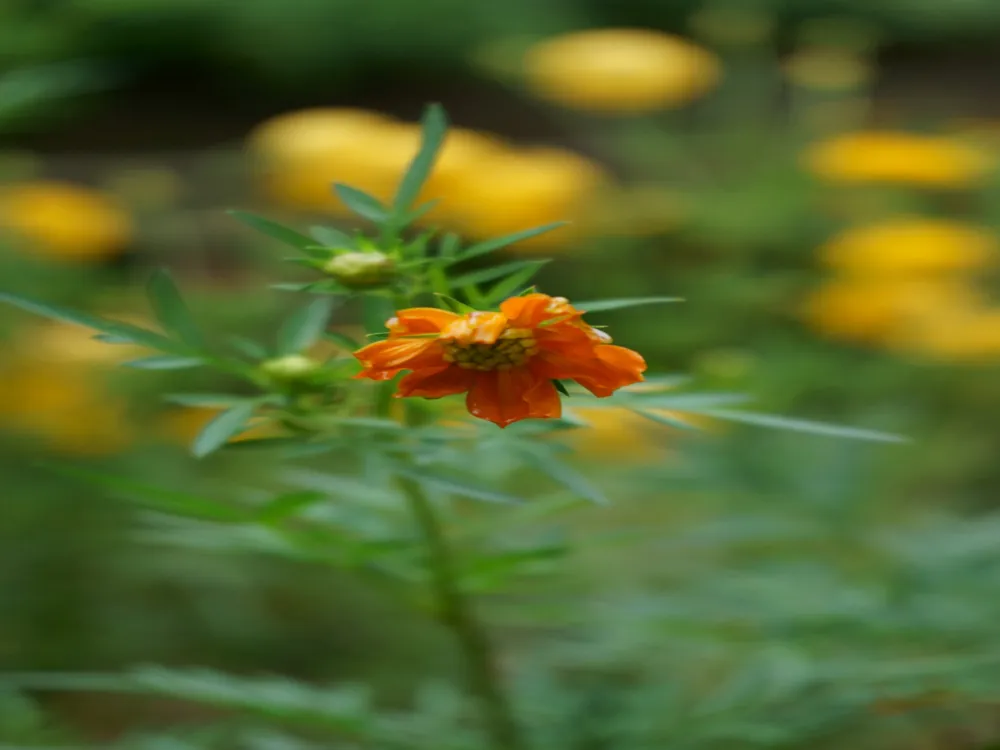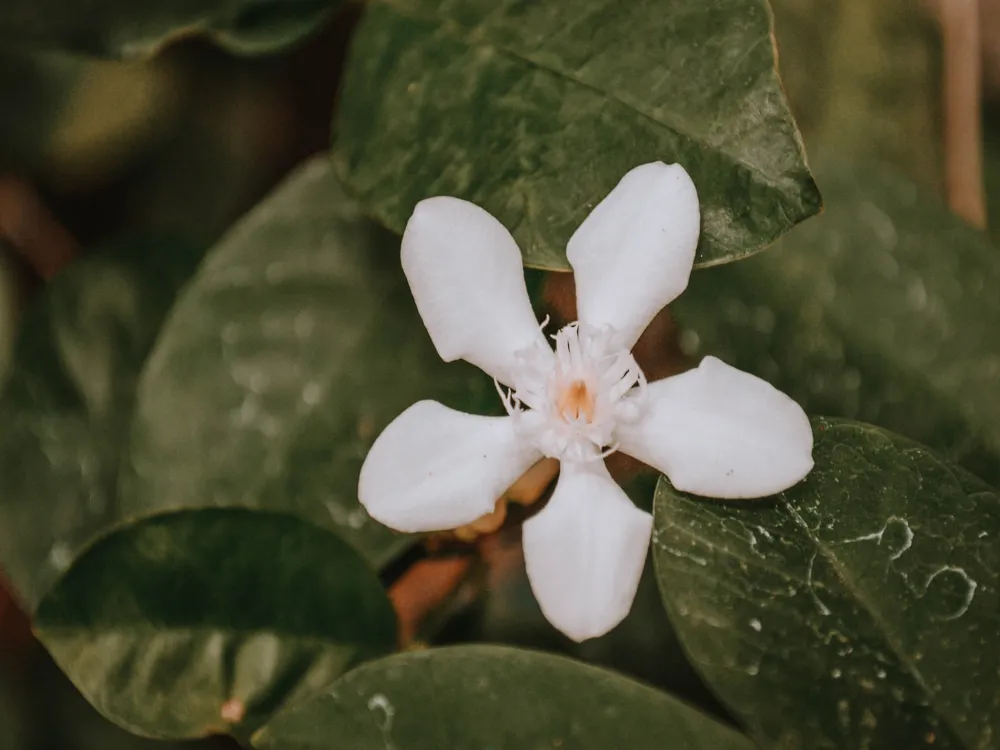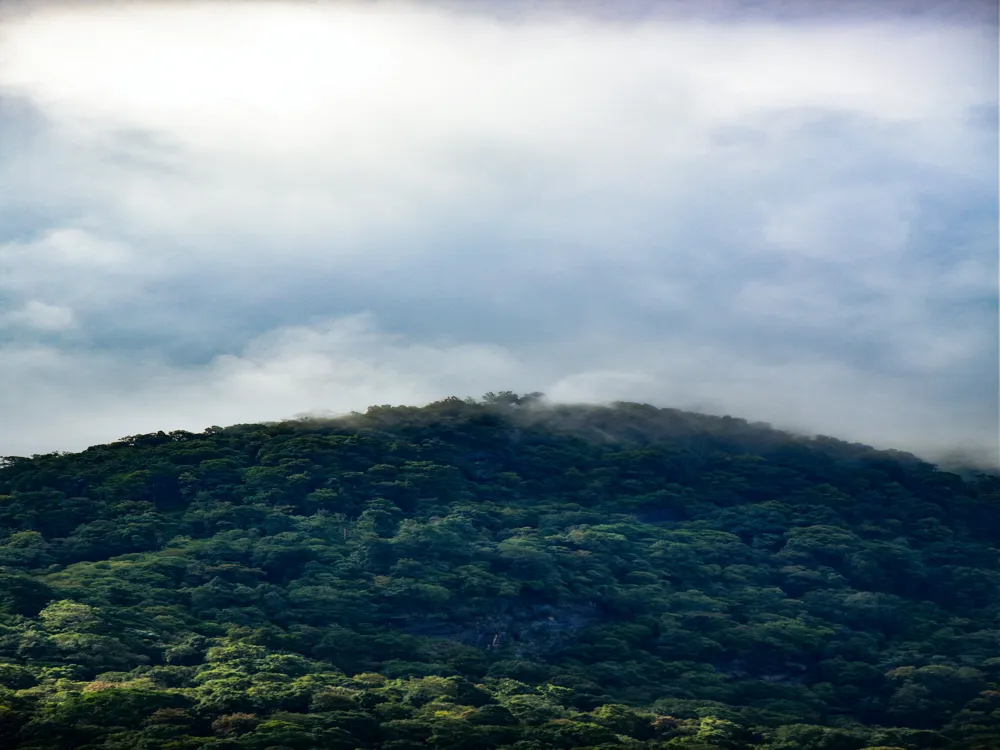The Mishkal Palli Mosque, nestled in the heart of Kozhikode (Calicut) in Kerala, stands as a testament to the rich cultural and architectural heritage of the region. This mosque, with a history spanning several centuries, is not just a religious site but also a symbol of the harmonious blend of various architectural styles and cultures that have influenced Kerala. Built by an Arab merchant, Nakhooda Mishkal, in the 14th century, the mosque is an exemplar of the traditional architectural styles of Kerala combined with influences from Arab culture. One of the most striking features of the Mishkal Palli Mosque is its unique design, which deviates from the typical Islamic architectural norms. Unlike many mosques that feature domes and minarets, Mishkal Palli Mosque's architecture is reminiscent of traditional Kerala style buildings, with a gabled roof, wooden walls, and extensive carvings. The mosque is constructed primarily from wood and laterite, a common building material in Kerala. The use of wood not only adds to the aesthetic appeal of the mosque but also provides a cool interior, a necessity in Kerala's tropical climate. The history of Mishkal Palli Mosque is as fascinating as its architecture. The mosque has witnessed several historical events, including an attack by the Portuguese in the 16th century. Despite the damage, the mosque was rebuilt, with the only noticeable change being the charred black wood on the fourth floor, left as a reminder of its resilience. Over the years, the mosque has undergone several renovations, yet it has retained its original charm and continues to be a beacon of cultural and religious significance in Kerala. Mishkal Palli Mosque is not just an architectural marvel but also plays a significant role in the social and cultural fabric of Kozhikode. It serves as a center for religious activities and community gatherings, reflecting the pluralistic society of Kerala. The mosque's open doors to people of all faiths demonstrate the inclusive nature of the region's culture. Visitors to the mosque are often struck by the sense of peace and communal harmony it exudes, making it a cherished landmark in Kozhikode. The mosque's architecture is a splendid fusion of Kerala and Arab influences, featuring elaborate woodwork, carved ceilings, and a multi-tiered roof. The four-story structure houses nearly 300 pillars, each intricately carved with traditional designs. The absence of domes and minarets, typical in Islamic architecture, highlights the local influence on the mosque's design. The mosque's interiors are adorned with beautiful carvings, arabesque patterns, and calligraphy, showcasing the skilled craftsmanship of the artisans of the time. The Mishkal Palli Mosque is not just an architectural wonder but also a repository of history and culture. It stands as a symbol of the rich heritage of Kozhikode and Kerala as a whole, reflecting the centuries-old traditions and the confluence of different cultures. The mosque's endurance through historical upheavals symbolizes the resilience and unity of the community it serves. The architecture of Mishkal Palli Mosque is a fascinating blend of indigenous Kerala style and foreign influences, primarily Arab. This unique amalgamation makes the mosque stand out among other Islamic religious structures. Built in the 14th century, the mosque's design deviates from the Islamic architectural norms prevalent during that period, which primarily focused on grandeur and symmetry. Instead, Mishkal Palli Mosque embraces the simplicity and functionality of traditional Kerala architecture, making it a unique monument in the annals of Islamic architecture in India. The mosque's structure is predominantly made of wood and laterite, materials abundantly available in Kerala. The extensive use of wood not only adds to the aesthetic appeal but also serves practical purposes. Wood, being a natural insulator, keeps the interiors cool, a much-needed feature in Kerala's tropical climate. The laterite stones provide stability and durability to the structure, ensuring its longevity. The design of Mishkal Palli Mosque is notable for its intricate wooden carvings, multi-tiered roofs, and large open spaces. The absence of domes and minarets, elements typically associated with mosques, is a clear indication of the local architectural influence. The mosque's layout is simple yet elegant, with a large prayer hall, mihrab, and wooden balconies. The extensive use of natural materials and open spaces ensures a harmonious blend with the surrounding environment. The influence of traditional Kerala architecture on the mosque is evident in its gabled roofs, wooden walls, and columned verandas. These features are characteristic of the Nalukettu style, prevalent in traditional Kerala homes. The tiered roof, supported by wooden pillars, not only enhances the mosque's visual appeal but also provides practical benefits such as protection from rain and sunlight. The artistic elements in Mishkal Palli Mosque, such as the carved wooden panels and arabesque designs, reflect the cultural confluence of Kerala and the Arab world. The intricate woodwork, showcasing motifs from both cultures, highlights the skilled craftsmanship of the artisans. The mosque serves as a visual narrative of the historical and cultural exchanges between the Middle East and the Malabar Coast. Over the years, the Mishkal Palli Mosque has undergone several restorations to preserve its original structure and beauty. These efforts ensure that the mosque continues to be a living testament to the rich cultural heritage of Kerala and a source of inspiration for future generations. The preservation of this architectural marvel is crucial in maintaining the historical and cultural identity of the region. Visitors to Mishkal Palli Mosque should adhere to a modest dress code. Covering your head, arms, and legs is recommended. It's important to show respect for the religious and cultural sentiments of the mosque. Maintaining a quiet demeanor and not disturbing the worshippers is also essential. While photography might be allowed in certain areas of the mosque, it's advisable to seek permission before taking pictures. Be mindful of not photographing people without their consent, especially during prayer times. The best time to visit Mishkal Palli Mosque is during the non-prayer times, preferably in the morning or late afternoon. Avoid visiting during prayer times and on Fridays, as these are times of religious activities. Mishkal Palli Mosque is located in the city of Kozhikode, which is well-connected by various modes of transportation. The nearest airport is the Kozhikode International Airport, located approximately 28 kilometers from the mosque. From the airport, one can hire a taxi or take a bus to reach the mosque. Kozhikode also has a railway station, which is well connected to major cities in India. From the railway station, the mosque is a short drive away. For those traveling by road, Kozhikode is connected to major highways, making it easily accessible by car or bus. Read More:Overview of Mishkal Palli Mosque of Kozhikode, Kerala
Significance in the Community
Architectural Features
Cultural and Historical Significance
Architecture of Mishkal Palli Mosque
Design Elements
Influence of Kerala Architecture
Artistic and Cultural Confluence
Preservation and Restoration Efforts
Tips When Visiting Mishkal Palli Mosque
Dress Code and Conduct
Photography Guidelines
Best Time to Visit
How To Reach Mishkal Palli Mosque
Mishkal Palli Mosque
Kozhikode
Kerala
₹ 16,000 onwards
View kozhikode Packages
Weather :
Tags : Mosque
Time Required : Around 30 minutes
Planning a Trip? Ask Your Question
Kozhikode Travel Packages
View All Packages For Kozhikode
Top Hotel Collections for Kozhikode

Private Pool

Luxury Hotels

5-Star Hotels

Pet Friendly
Top Hotels Near Kozhikode
Other Top Ranking Places In Kozhikode
View All Places To Visit In kozhikode
View kozhikode Packages
Weather :
Tags : Mosque
Time Required : Around 30 minutes
Planning a Trip? Ask Your Question
Kozhikode Travel Packages
View All Packages For Kozhikode
Top Hotel Collections for Kozhikode

Private Pool

Luxury Hotels

5-Star Hotels

Pet Friendly







